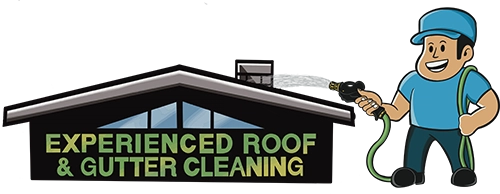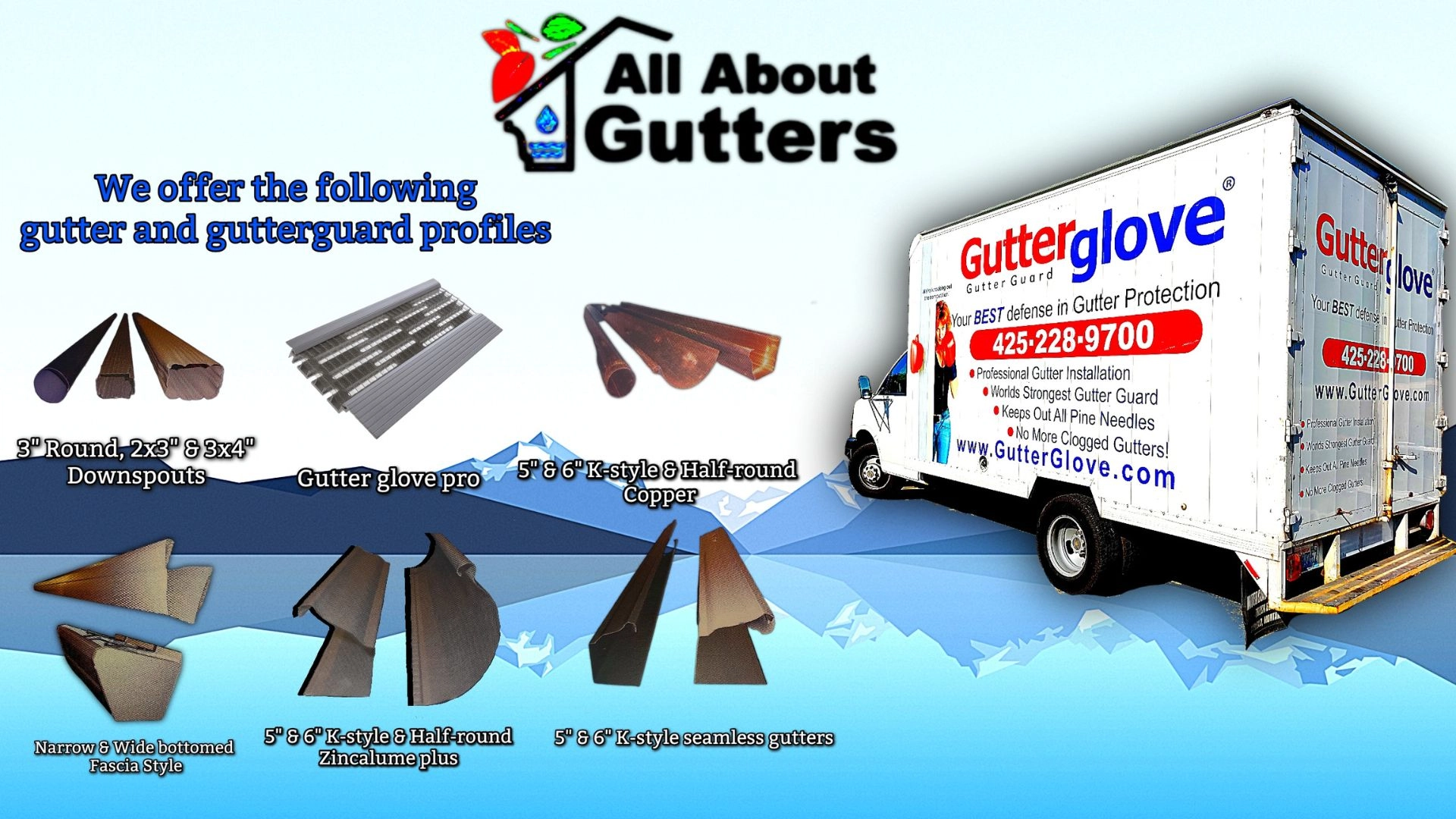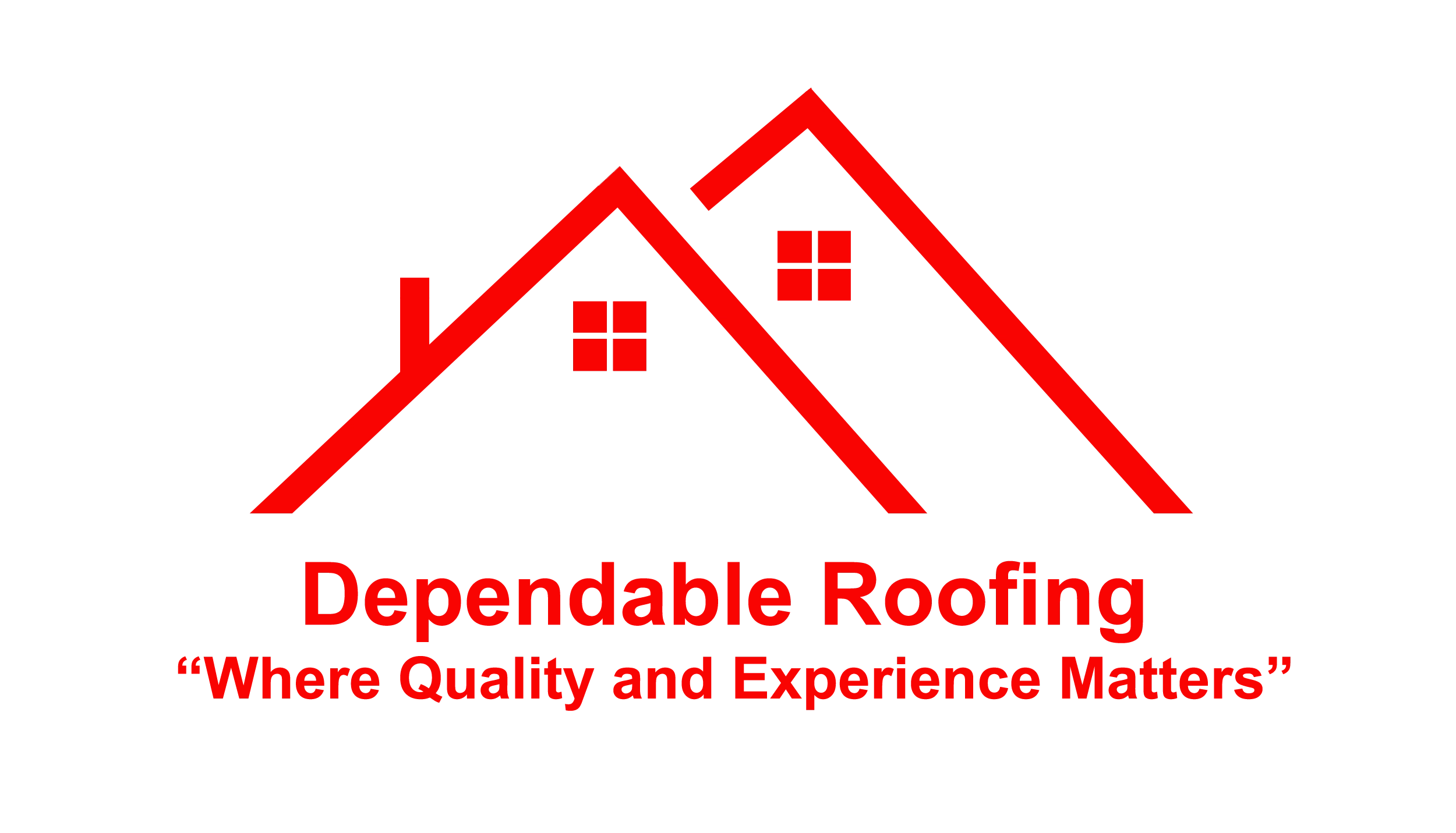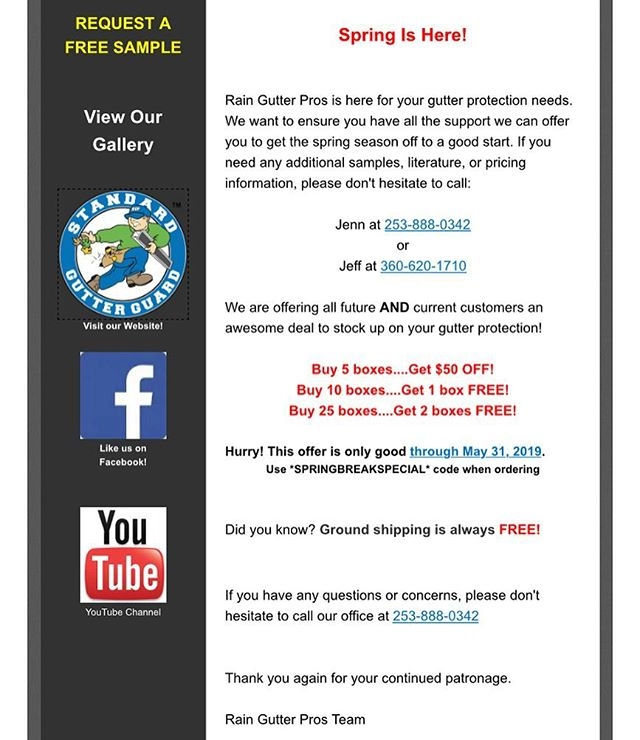Signs You May Need Gutter Guards
While gutter guards aren't always necessary, signs of backed up gutters are clear. Issues stemming from persistent gutter problems include:
- Visibly saggy, damaged, or misaligned gutters that no longer direct rainwater correctly
- Leaky joints or seams where water leaks from the gutters
- Soggy ground or visible erosion around your home's foundation
- Frequent clogs that cause overflow and water to spill over gutters
- Mold growth, interior wall stains, or peeling exterior paint on walls near gutters.
How To Choose a Gutter Guard Installer
Assess Their Experience
Providers with extensive gutter guard installation experience that have worked with a wide variety of styles and models will know how to measure accurately and install guards to your home’s unique dimensions. Contact these providers to find out about their experience and ask for local references.
Verify Proper Licensing and Insurance
Always verify professional gutter guard installers are properly licensed, bonded, and have general liability insurance and workers compensation. This protects you from liability for any injuries or accidents that could occur. Ask to see current licensing and insurance papers when evaluating potential providers.
Choose Reputable Brands
Seek out companies that carry leading reputable gutter guard brands such as LeafFilter and Gutter Helmet. Be wary of companies only offering generic no-name or their own off-brand guards, as these likely do not have the same rigorous testing as reputable national brands.
Seek Custom Fit Services
For ideal performance, gutter guards need to be sized and cut on-site to match your specific gutter setup. Pick a company that uniquely sizes and cuts guards specifically for your home, rather than using universal guards. Properly fitted guards will leave no gaps for debris to get stuck.
Examine Warranties
Leading gutter guard installers often offer 20-year or lifetime warranties for clogs, leaks, rust, and other issues. When selecting a company, read through the warranty details for both workmanship and materials guarantees. Warranties give you the best protection for your gutter investment.
Check Reviews and Referrals
It's a good idea to research online reviews on the Better Business Bureau (BBB), Google Reviews, Yelp, and other review sites to read customer feedback. Ask neighbors to suggest companies that provide quality local gutter guard installation. When researching, look for providers with consistently good feedback rather than only one or two sporadic reviews.
Types of Gutter Guards
The six typical types of gutter guards include the following:
- Foam guards consist of pieces of foam that are placed in your gutters to catch debris. They're light and easy to install. Foam guards cost around $2.46 per linear foot.
- Brush guards are exactly what they sound like: large brush bristles that sit in your gutters and let water through while blocking debris. Brush guards cost roughly $4.05 per linear foot.
- Screen guards have large holes that let water through while stopping debris. On average, you can expect to pay $4.45 per linear foot for screen guards.
- Mesh guards stop debris but let water through. Mesh guards have even smaller holes than screen guards. They're durable and allow debris to slide off rather than sitting on top of your gutters. On average, you can expect to spend $4.18 per linear foot for mesh guards.
- Micro-mesh guards have even smaller holes than mesh guards and let even less debris through than mesh. These types of guards are very effective. Micro-mesh guards cost roughly $5.25 per linear foot.
- Surface tension guards, sometimes called reverse curve guards, use surface tension to allow debris to slide off while water flows into the gutter. They are normally visible from the ground. Surface tension guards cost roughly $3.27 per linear foot.













